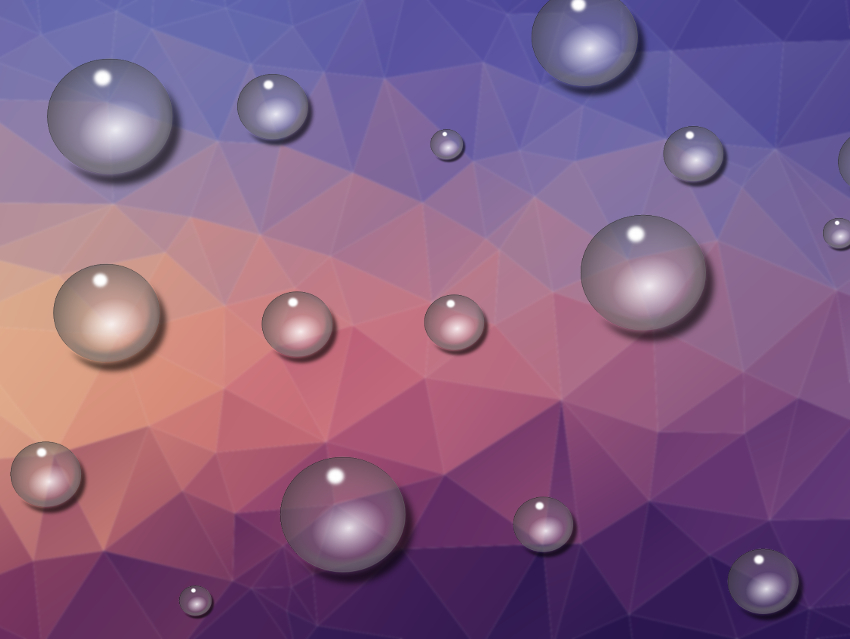The evaporation of water droplets from a surface is an everyday phenomenon. Understanding this process in detail can be useful, e.g., for heat-transfer applications. The evaporation rates as a function of temperature and salt concentration are well-known for bulk surfaces. In contrast, this process is less well understood for water droplets on nanostructured surfaces.
Galo Soler-Illia, Universidad Nacional de San Martin, Argentina, Claudio Luis Alberto Berli, Universidad Nacional del Litoral, Santa Fe, Argentina, Martín Gonzalo Bellino and Rocio Gimenez, Instituto de Nanociencia y Nanotecnologia, Buenos Aires, Argentina, have studied the effects that salt concentration and temperature have on the evaporation rate of water droplets on crack-free nanoporous silica thin-film surfaces. In contrast to the evaporation of drops on bulk surfaces, cooler droplets on the nanoporous films were found to evaporate faster than warmer ones. The water droplets were also found to evaporate faster when the salt concentrations were higher, which is also the opposite to bulk surfaces.
The researchers attribute these behaviors to a self-generated, steady wetted region around the droplets that creates an enhanced evaporation area. The size of this region increases at higher salt concentrations or lower temperatures. These effects are caused by increased interactions with the nanoporous network. These evaporation effects could be used, e.g., for robust coatings in heat-transfer applications.
- Nanopore-Enhanced Drop Evaporation: When Cooler or More Saline Water Droplets Evaporate Faster,
Rocio Gimenez, Galo J. A. A. Soler-Illia, Claudio Luis Alberto Berli, Martín Gonzalo Bellino,
ACS Nano 2020.
https://doi.org/10.1021/acsnano.9b06618




